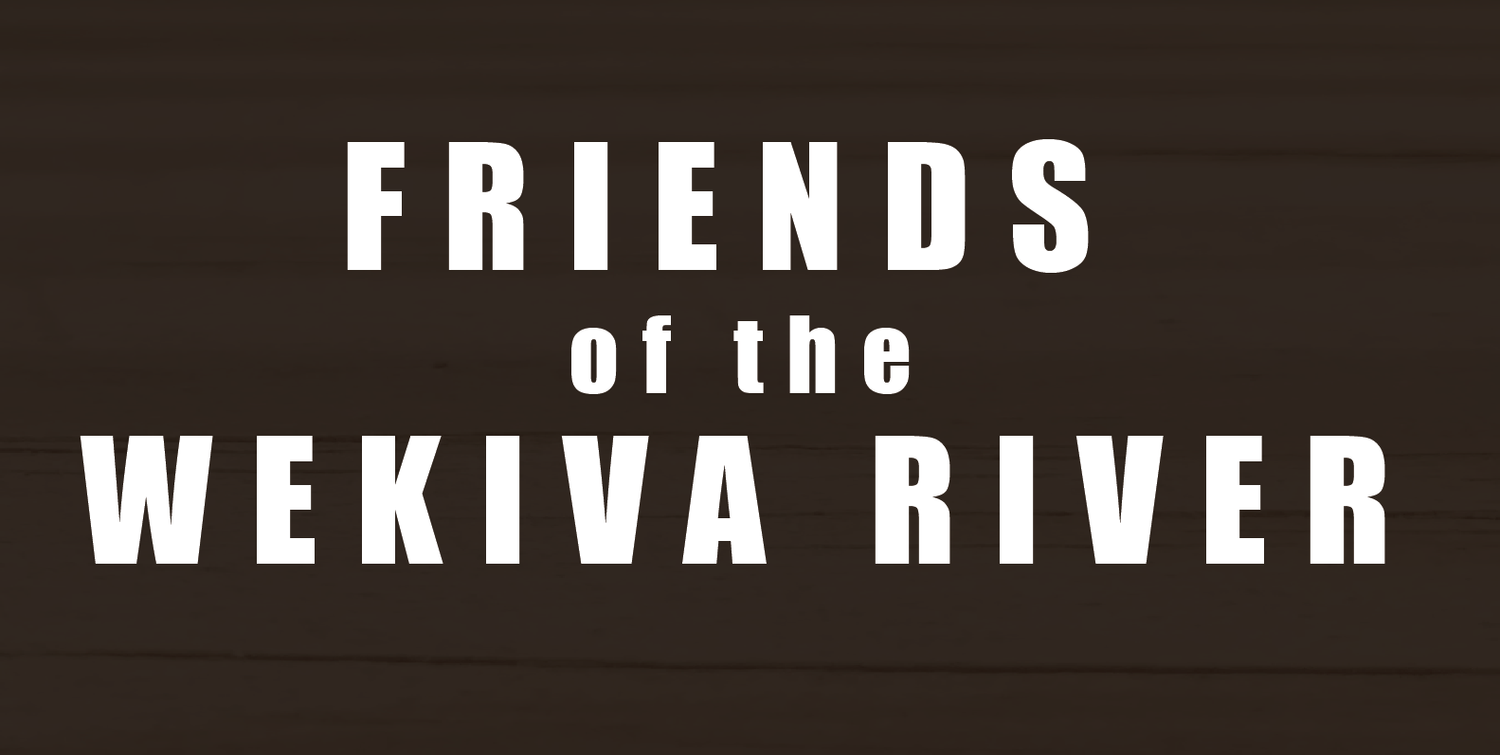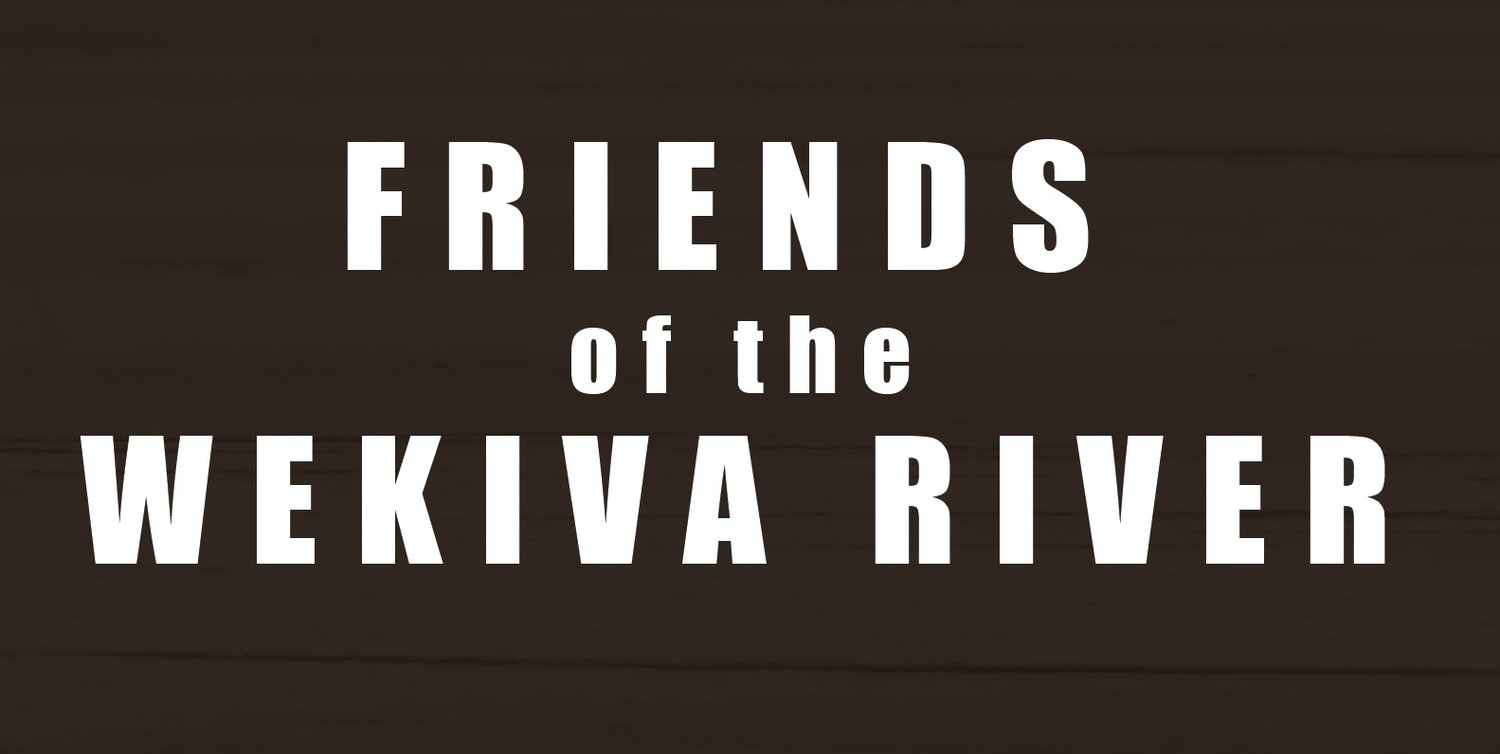For the Birds
Many of our feathered friends are facing endangered futures, but there are ways we can help them continue to soar.
BY PATRICIA WILSON
Did you hear any birds outside yesterday? Florida is home to more than 500 bird species, both permanent residents and seasonal. But a troubling trend is emerging – a 20 percent decline in bird populations since 1970. While some species are doing alright, many others such as the wood stork and the roseate spoonbill face endangered futures. During migrations and mating seasons, birds search for areas to nest, find food, and rest. It is a battle for survival. To be successful, they need lots of trees, wetlands, open space, and a variety of food sources including insects.
But, check your car windshield. You’ll likely notice there are fewer bugs to clean off lately. In fact, recent studies indicate a 45 percent decline in insect populations in the past 40 years, which means a dwindling food source for birds.
What is causing this? The answer is complex yet obvious. In our yards and on our farms, insects are targeted for destruction. The pesticides so widely applied don’t just kill the intended bug but also countless others including pollinators. Often these pesticides, especially neonics, remain in the soil for years. Toxins build up in plants and the food chain until there is a breaking point, and species start to fail. For example, the wood stork (the only native American stork) is threatened partly because its main food source – frogs and amphibians –have declined 41percent in the past 20 years. As one species disappears, entire ecosystems start to collapse.
Another problem to consider is light pollution. As trees are up-lit at night, they become unavailable places for birds to sleep and nest. The ever-present lighting on buildings and streets attracts bugs, ultimately to their demise, and that means fewer live to reproduce and maintain the delicate balance. Bright night lighting also disorients birds that are migrating, exhausting them to the point that they do not reach their destinations.
As woods are cleared and wetlands filled, places to find shelter and food vanish. Some birds will only nest in trees 40 to 60 feet above ground. Others prefer decaying logs on forest floors. Large trees also provide food and cooling options. Yet often, when woodlands are cleared, only tiny trees, palms, and pavement remain after development – all made worse with excessive lighting. This is habitat fragmentation, and it does not support a variety of life.
WHAT CAN WE DO TO HELP?
DIM THE LIGHTS: Minimize hours for outside lighting and up-lights or use them only on weekends. Uplight houses, not trees. Choose dark-sky lighting instead.
DITCH THE DOOM SPRAY: Stop using chemical pesticides and herbicides. Contact the UF/IFAS Extension office for alternatives.
LET IT BE: Let fallen leaves serve as mulch and places for insects and birds to shelter andfind food. Consider rewilding parts of your yard for wildlife – even Buckingham Palace in London has done that!
PLANT POWER: Become a tree-mendous advocate. Lobby your elected officials for mature forests and wetlands to be preserved and incentivize developers to redevelop and heavily replant native trees and shrubs. Plant a native tree or two yourself. Native trees, not imports, support native birds.
SPREAD THE WORD: Understanding the threats can help maintain a world where the sounds of bird songs – not silence – fills the air.
The roseate spoonbill and the wood stork both face endangered futures.




